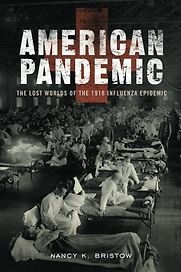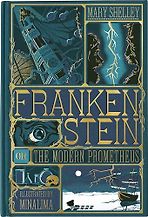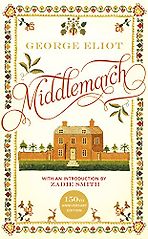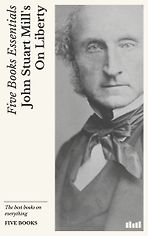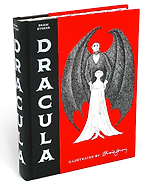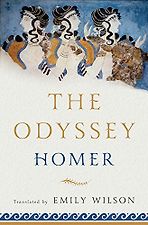American Pandemic: The Lost Worlds of the 1918 Influenza Epidemic
by Nancy Bristow
Nancy K Bristow tells the story of the flu epidemic that swept the world after World War One. It killed 100 million people globally, far more than the war, but has been almost completely forgotten about. Bristow focuses on the US, and looks at the inadequate responses of the authorities and the medical profession, as well as its broader social impact.
Recommendations from our site
“Bristow considers the pandemic from a variety of angles, thinking about how life changed in ways that varied based on class, gender, profession, race, and locality, thinking about what kinds of events were cancelled, what sorts of disagreements doctors had, and how doctors and nurses diverged in their reactions, how cities grappled with various practical problems….What also makes Bristow’s work resonate now is the way she focuses on how ad hoc the response was. Officials and doctors had to adjust as time went on. That gets at something frustrating I’ve found with coronavirus, which is that it’s hard to settle into a routine when the rules keep changing. Even when you think they’re at their most severe, there still are tweaks; you feel constantly unsettled. I think that certainly comes across in Bristow’s work.” Read more...
Books on Living Through an Epidemic
Alex Chase-Levenson, Historian
“A fascinating book about a pandemic that, about a hundred years ago, was estimated to have caused perhaps as many 100 million deaths worldwide, with almost 700,000 deaths in the U.S………The most interesting part of Bristow’s book is that she so clearly shows the ways in which both the medical profession and municipal officials had no idea what they were dealing with. Something like this hadn’t happened before on that scale. Few really understood how viruses worked at the time. Many thought the flu was a bacterial infection, when in fact it was a virus.” Read more...
Christian W. McMillen, Historian
